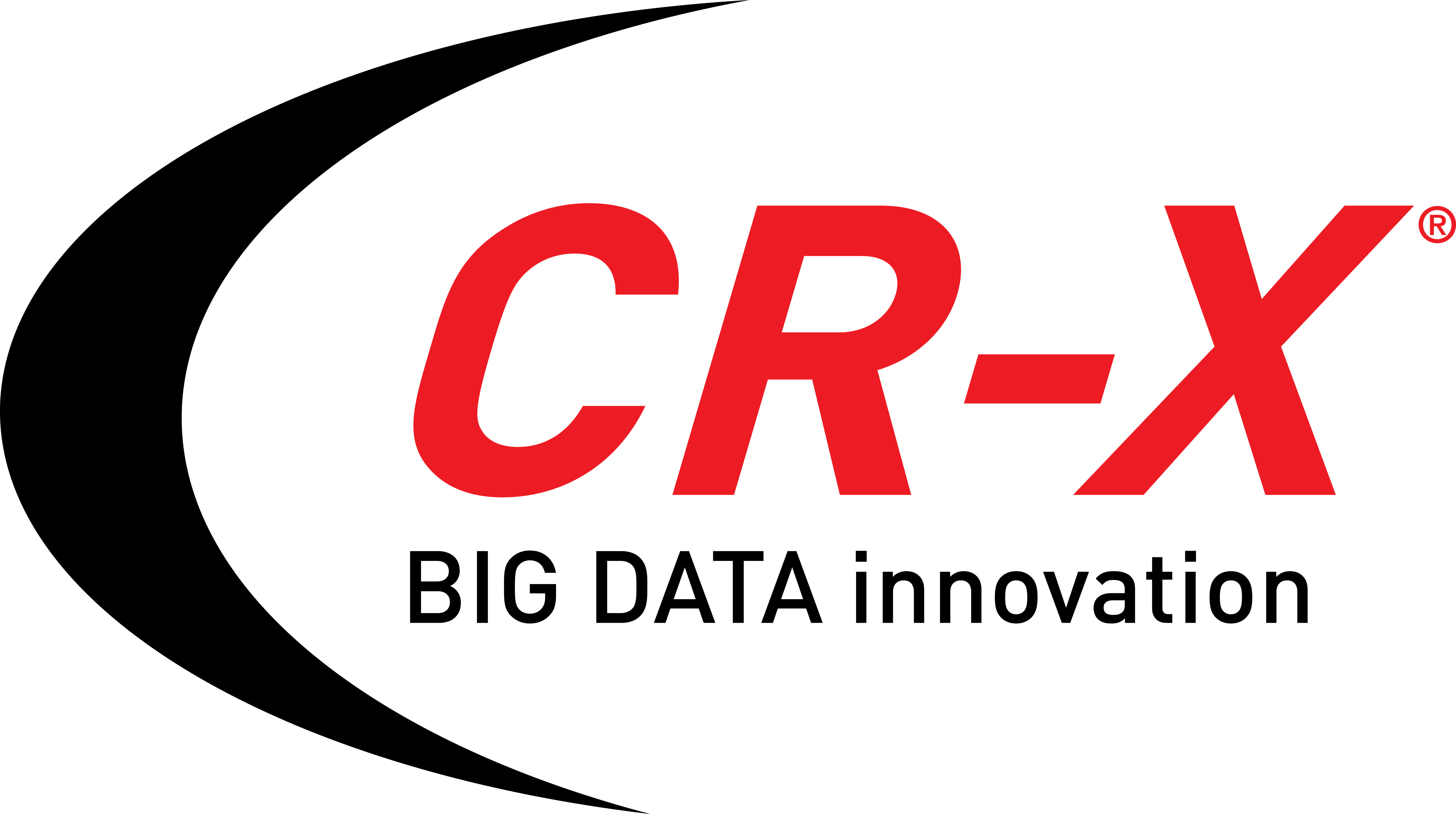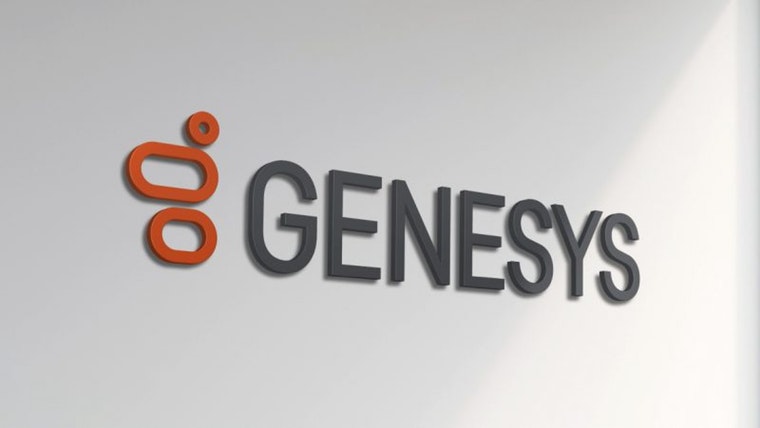T-Server records are generated by the network equipment that underpins Call Centre Routing, capturing technical details of agent and CTI-related handoffs. T-Server records are logged verbosely to high-volume files, with new files being initiated every few minutes by each of the many CTI applications, at each of the numerous instances that support a call centre. T-Server log files are often sent to an internal archive location/server and compressed to save storage space, allowing many days data to be stored online.
The information logged in T-Server files is voluminous and captures many attributes of the infrastructure equipment, routing, call centre applications, agent handoffs and customer details – only specific fields of the many available are of interest to downstream business applications that might make use of T-Server sourced data.
The archived T-Server data must be retrieved from its ‘network’ location to a server where sufficient processing capability can be provided, before the extracted results are handed off to the business applications that use it. The retrieval of these files can be performed as a large daily effort, or as a series of smaller retrievals performed incrementally during the day using tools such as rsync.
Reliable processing of the high data-volumes involved and picking the fields required are key to making business use of retrieved T-Server log files. Source T-Server records must be ‘boiled down’ to include just specific fields (which may change over time), and apply the required business rules of the downstream applications.
CR-X’s high performance and versatile data configurations can be generated quickly to support T-Server log processing. Demanding requirements of downstream business applications can be adapted from CR-X’s existing template configurations.
Business applications that might use T-Server extracts include:
– Call Centre Analytics (analysing the paths customers take when interacting with a call centre), and
– Network Monitoring (preemptively looking for problems in the infrastructure that underpins a business’s call centre operations).
Different business applications can have varied processing properties. For example:
– Call Centre Analytics looks at all calls across a range of days to identify trends and usability problems in call centre processing, and
– Network Monitoring applications focus on what is happening ‘now’ rather than what happened earlier today or yesterday.
In addition to generating extracts for downstream business applications, additional ‘value add’ processing can be performed across T-Server and related data sources/files. For example, connection identifiers, uniquely generated for each inbound call to a call centre, can be associated with additional values generated by different equipment, or when handset transfers occur between agents. Without such an association, the component parts of an inbound call will be analysed separately instead of being viewed as a whole.
For more information on how CR-X’s high performance and versatile data configurations can be utilized to support your T-Server log processing please contact CR-X.



